The family of a Broughty Ferry RAF pilot killed during the Second World War has been traced, thanks to an appeal published in The Courier.
Now, the war hero’s great-nephew, Andrew McMaster, hopes to represent the family at a memorial ceremony in France this April to honour his relative’s sacrifice.
Pilot Officer David Reid Tait died in 1944 when his Lancaster bomber was shot down over northern France.
His story was shared by French historian Bernard Feutry in a recent Courier article.
The 73-year-old has spent 13 years documenting Allied airmen who lost their lives in the Avesnois region.
Following the appeal, Andrew McMaster, 43, came forward to share details about his great-uncle and express his desire to attend the memorial unveiling in Boussières-sur-Sambre on April 26, 2025.
“I read the recent Courier article and was keen to get in touch as soon as possible,” said Andrew, who is a former pupil of Eastern Primary and Grove Academy who now lives in Pilot Officer Tait’s former Broughty Ferry home.
“The story concerns my great-uncle David, and I feel a deep connection to his legacy.
“It’s incredibly moving to think that people in France have worked so hard to ensure that his sacrifice, and that of so many others, is not forgotten.”
Why is it important to honour fallen Broughty Ferry pilot hero?
Pilot Officer David Reid Tait was just 23 when he was killed on April 25, 1944.
He was aboard Lancaster LM529, part of the RAF’s 166 Squadron, on a mission to Karlsruhe, Germany.
The plane was shot down near the village of Wallers-en-Fagne at 3 am.
Reports from the time state that four charred bodies were found at the crash site.
David’s remains were later interred in Avesnes-sur-Helpe Cemetery in France.
David was the son of David and Mary Tait of Castle Terrace, Broughty Ferry.
He attended Grove Academy along with his only sibling, Vivian.
Andrew shared the profound grief his family endured following David’s death.
“David was seen as the rising star – brilliant academically and socially – and his loss was devastating,” said Andrew.
“His parents never really came to terms with the loss.
“My great-aunt Vivian, who was very close to him, carried that burden her entire life. She passed away in 2019 aged 98.
“We’ve also got letters and other personal artifacts from him, which I’ve only recently started to go through.
“Sometimes it’s hard to delve into it. There’s a weight to these items, knowing the life he never got to live.”
French historian’s dedication
The upcoming memorial in Boussières-sur-Sambre will commemorate 116 airmen from six countries who were killed in plane crashes in the Avesnois region between 1940 and 1945.
Bernard Feutry, who has spearheaded the memorial project, expressed his gratitude to The Courier for helping him connect with the Tait family.
“It’s vital to me that all of these airmen are represented at the ceremony,” he said.
Bernard’s meticulous research has uncovered the stories of dozens of Allied crews.
Working with fellow historian Daniel Carville, 83, he has documented the fates of airmen from the UK, Australia, Canada, New Zealand, the United States, and France.
Bernard became involved in this work in 2011, inspired by a plane crash in his own village of Vieux-Mesnil.
His efforts have helped bring closure to many families. This includes one in Australia who knew little about their relative’s burial site until Bernard’s research came to light.
To date, 14 families have confirmed their attendance at the memorial unveiling.
Family legacy lives on in Broughty Ferry
The discovery of Bernard’s research and the chance to attend the ceremony are deeply personal for Andrew McMaster.
Andrew now lives in the Tait family’s former home in Broughty Ferry.
He works for the War Memorials Trust, a UK charity dedicated to preserving war memorials.
By a remarkable coincidence, he became involved in the conservation of the Grove Academy war memorials, where David’s name is inscribed.
“I’m privileged through my day job to help remember countless people who gave their lives,” he said.
“But I’ve also heard stories about individuals in Dutch and French villages maintaining graves or memorials – sometimes for decades.
“It’s heartwarming to know that commitment exists.
“It’s a powerful reminder of how much those sacrifices meant to the people who lived through the conflict.”
Andrew is also preparing to run the London Marathon in April to raise funds for the War Memorials Trust.
He hopes to link his sponsorship campaign to David’s story.
“David is commemorated on several war memorials, including those at Grove Academy, St Andrews University, and other sites in Broughty Ferry,” Andrew explained.
“This campaign is a way for me to honour him and support the work of preserving these vital reminders of our history.”
Pilot Officer David Tait’s father was a renowned botanist
David Tait’s story is part of a remarkable family history.
His father, David Reid Tait Sr., was a renowned botanist. His expeditions to Christmas Island in the Indian Ocean and Henderson Island in the Pacific Ocean in the early 20th century left a lasting legacy.
This was the subject of a Courier feature in December 2018.
During his time on Christmas Island, David Sr. mapped the region and cultivated crops such as rubber, cocoa, bananas, and cotton.
Landmarks like Tait’s Vale and Tait’s Point were named in his honour.
“David Sr. was a man of great achievements, and the family had high hopes for his son,” Andrew said.
“It’s heartbreaking to think of what might have been if David Jr. had survived the war.”
Researcher still searching for Fife family
Meanwhile, French researcher Mr Bernard is still looking to trace the family of Airman Michael Joseph Glynn.
He was the son of Michael and Mary Glynn and husband of Elizabeth Glynn from Lochore, Fife.
The 21-year-old was flying with the RAF’s 44 Squadron when the plane went down on September 20, 1942.
The Fifer’s remains lie at Maubeuge-Centre Cemetery, Nord-Pas-de-Calais, France.
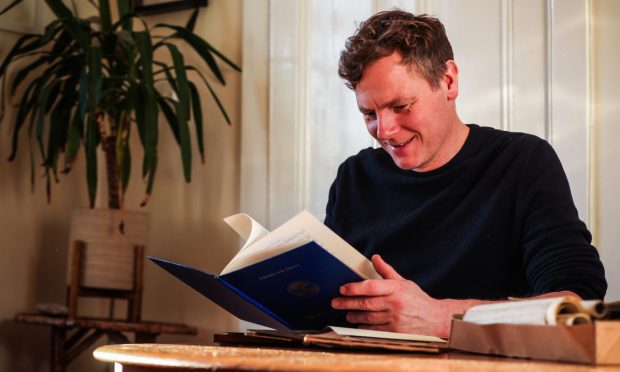

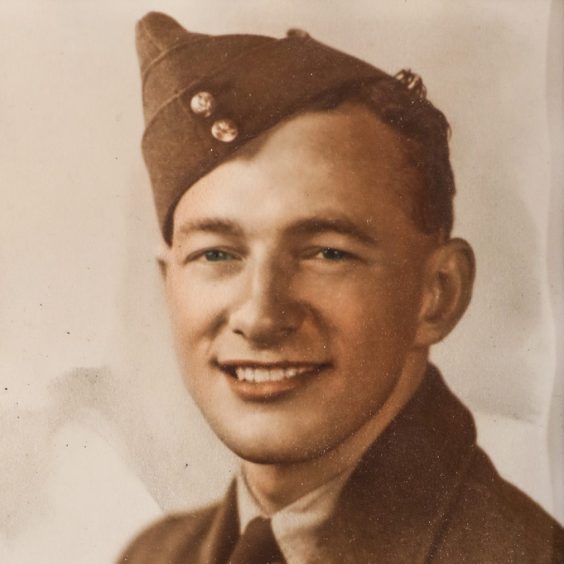
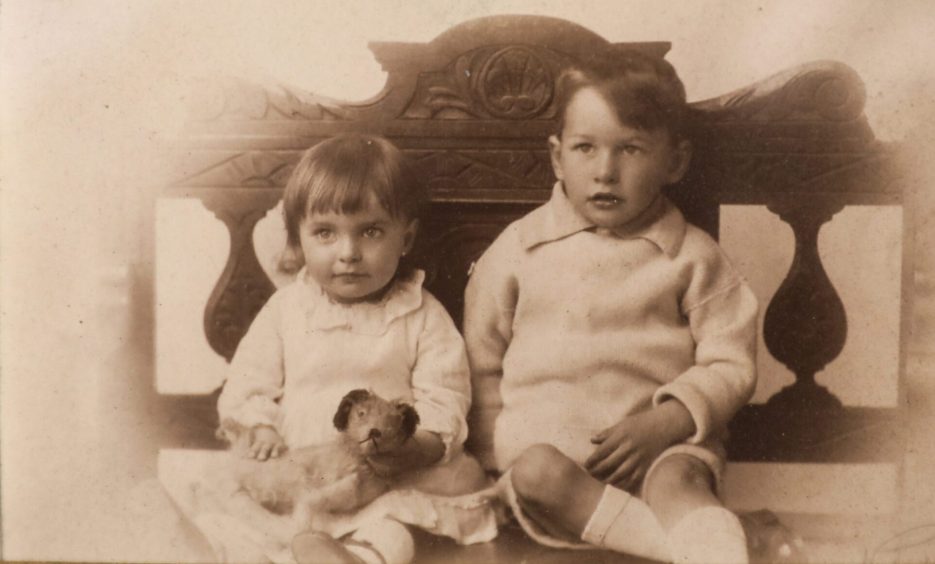


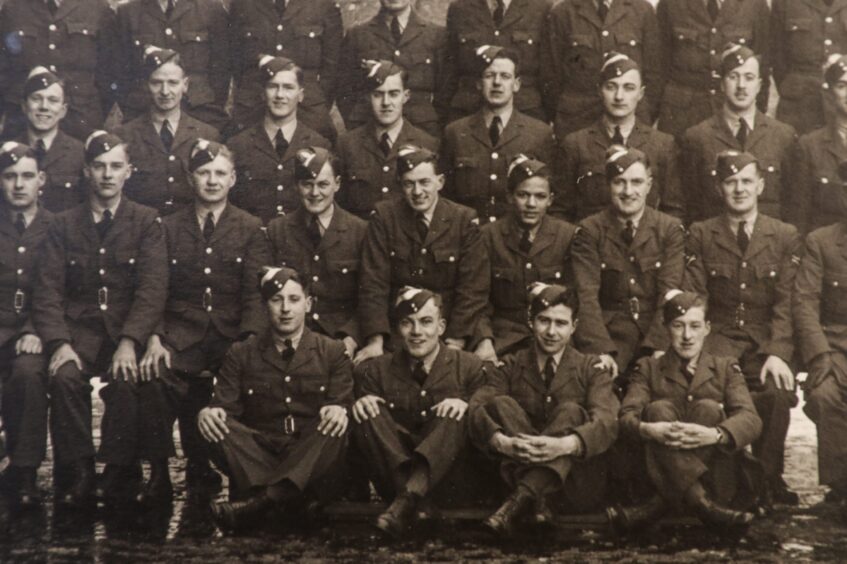
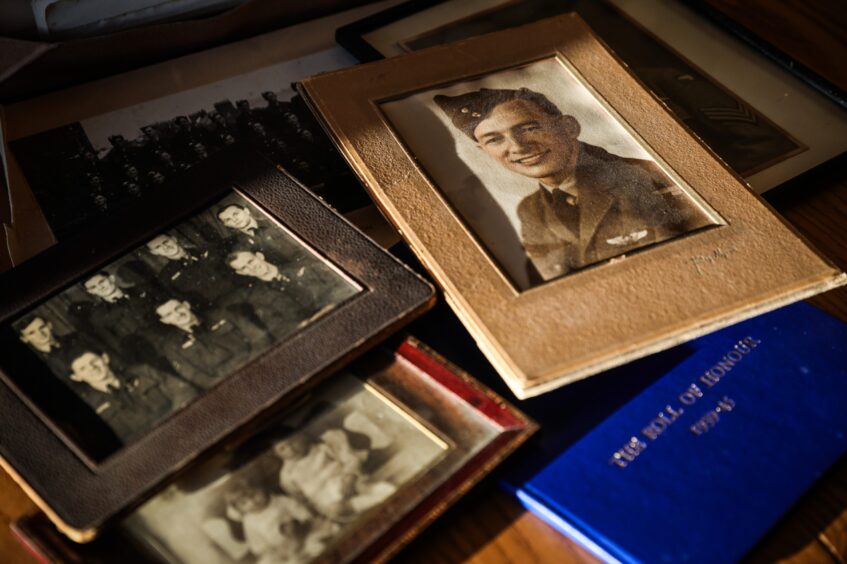


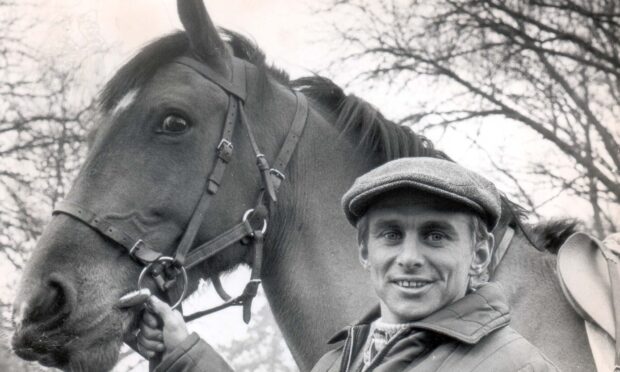

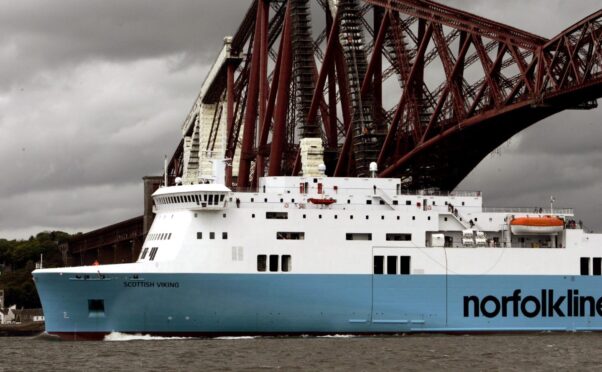
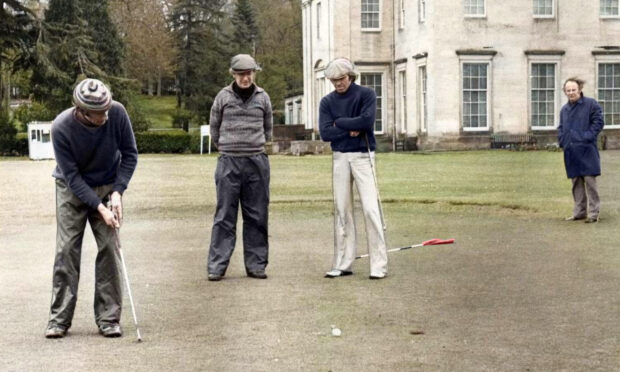



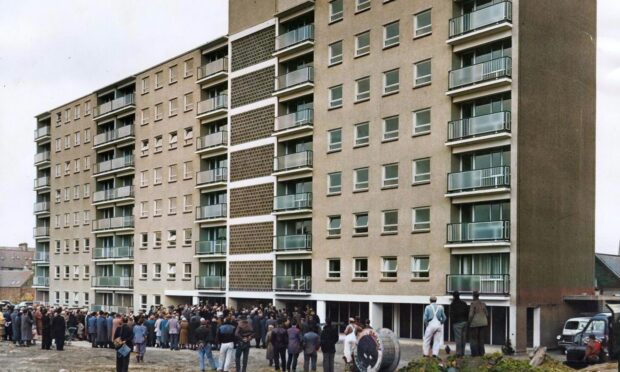

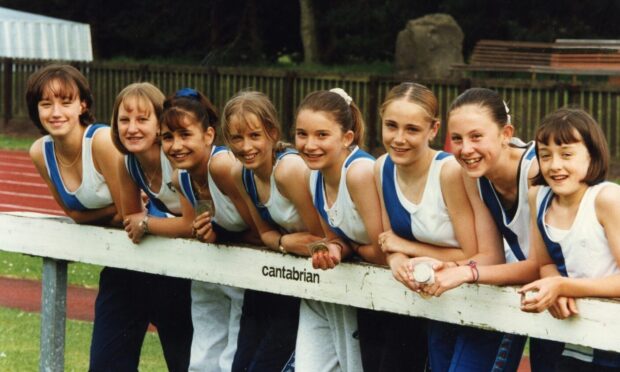
Conversation